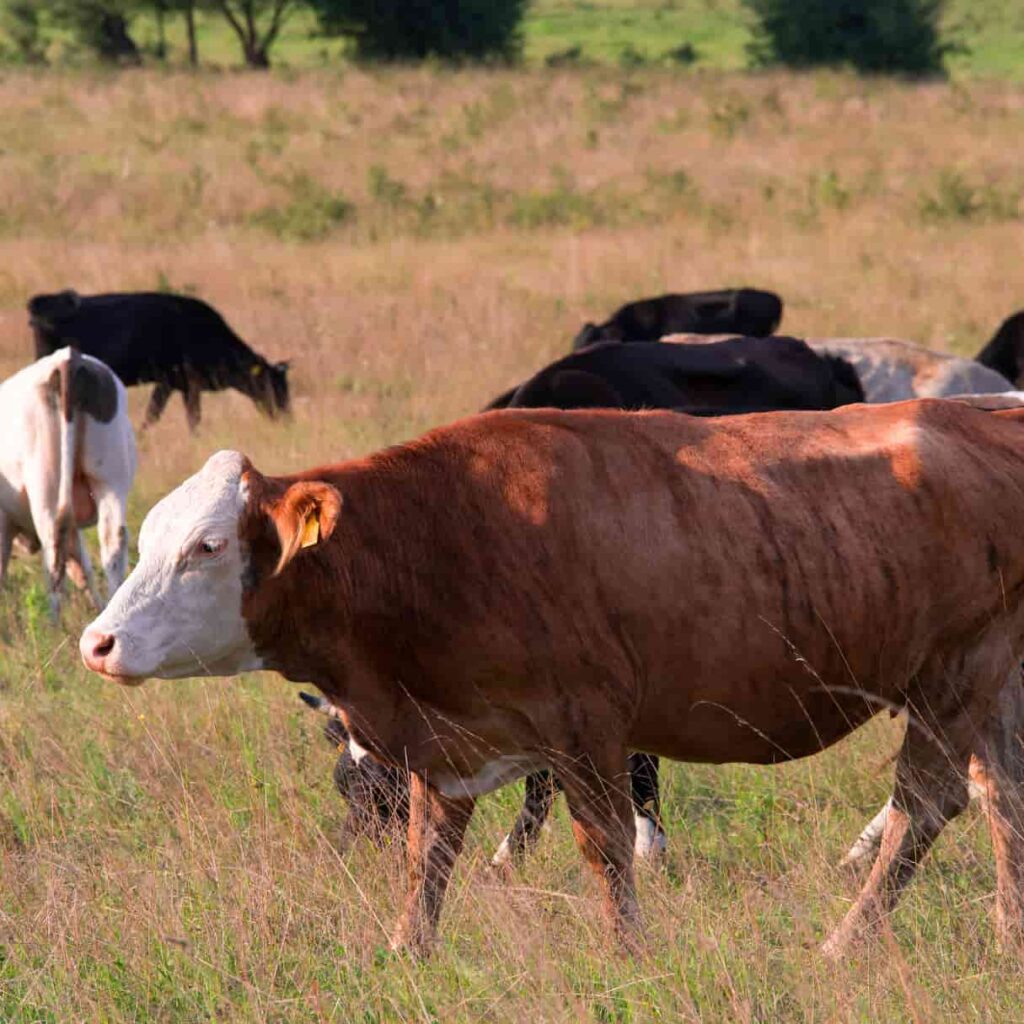One Health and Development Initiative (OHDI)


Dr. Ayush Adhikari, a veterinarian from Nepal, is deeply passionate about One Health and epidemiology. He completed his bachelor’s degree in veterinary science and animal husbandry at Nepal Polytechnic Institute, affiliated with Purbanchal University. As an Ambassador for One Health Lessons, Dr. Adhikari actively promotes interdisciplinary collaboration and holistic wellness. His commitment extends beyond professional boundaries, as he strives to bridge the gap between human and animal health, all while advocating for a sustainable and interconnected approach to well-being.
| Cookie | Duration | Description |
|---|---|---|
| cookielawinfo-checkbox-analytics | 11 months | This cookie is set by GDPR Cookie Consent plugin. The cookie is used to store the user consent for the cookies in the category "Analytics". |
| cookielawinfo-checkbox-functional | 11 months | The cookie is set by GDPR cookie consent to record the user consent for the cookies in the category "Functional". |
| cookielawinfo-checkbox-necessary | 11 months | This cookie is set by GDPR Cookie Consent plugin. The cookies is used to store the user consent for the cookies in the category "Necessary". |
| cookielawinfo-checkbox-others | 11 months | This cookie is set by GDPR Cookie Consent plugin. The cookie is used to store the user consent for the cookies in the category "Other. |
| cookielawinfo-checkbox-performance | 11 months | This cookie is set by GDPR Cookie Consent plugin. The cookie is used to store the user consent for the cookies in the category "Performance". |
| viewed_cookie_policy | 11 months | The cookie is set by the GDPR Cookie Consent plugin and is used to store whether or not user has consented to the use of cookies. It does not store any personal data. |